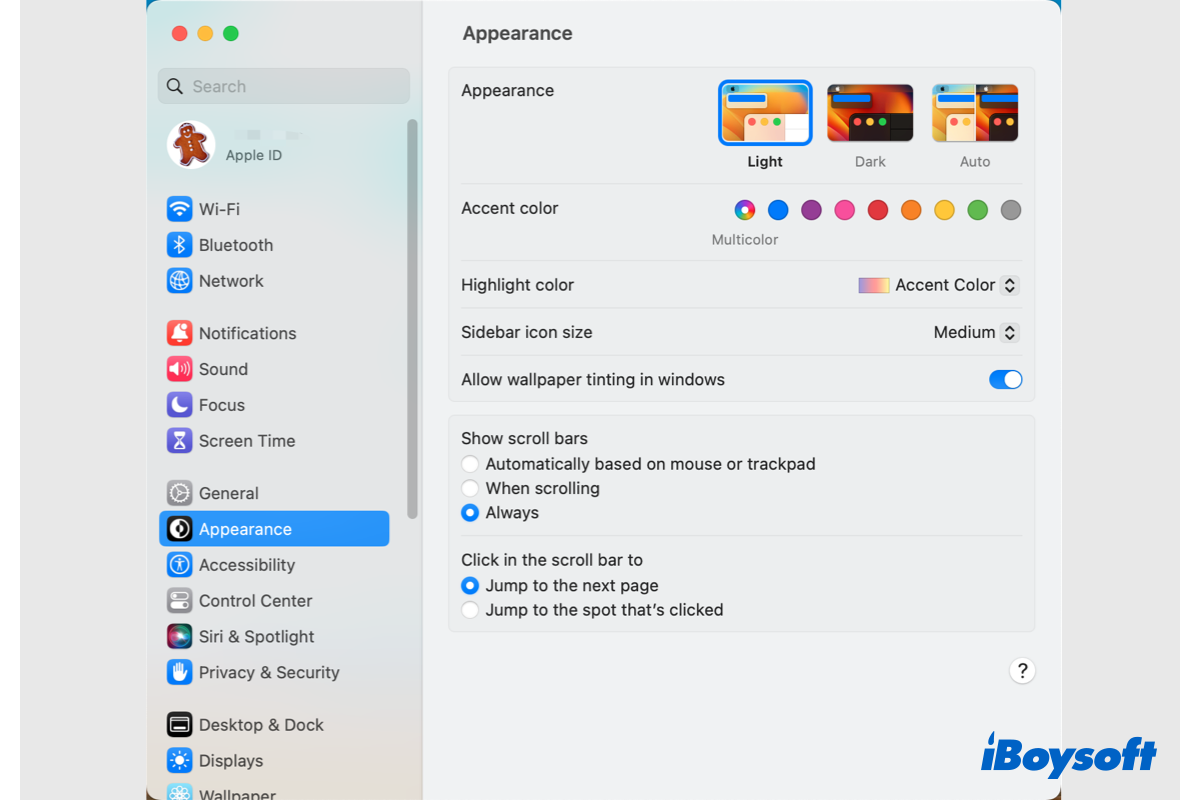You need to check the file system of the external hard drive used for Windows PC. If it is exFAT or FAT32, you can read and write to the drive without any limitations. For the NTFS drive, macOS can only read but doesn't support writing.
To check the format of the Windows external hard drive, you can right-click the drive icon on the desktop or in Finder's sidebar, and choose Get Info. Or head to Finder > Applications > Utilities > Disk Utility, select the connected Windows external disk on the left sidebar and check the drive info on the right.
If you find the file format is exFAT or FAT32, you can directly read and write data to the drive. And most drives are formatted as NTFS for Windows PC, if your Windows external disk is also a NTFS drive, you can read the drive. That is to say, you can view the pictures on the drive. However, macOS doesn't support writing to the NTFS drive by default, so you can't copy, move, edit, or add items to the NTFS drive.
To read and write NTFS with full privilege, you can enable NTFS write support via Terminal on macOS Monterey and earlier, try a third-party NTFS driver, or format the drive after moving the existing contents to another drive. Among these solutions, professional NTFS for Mac software such as iBoysoft NTFS for Mac is the best choice to read and write NTFS drive on Mac running macOS Ventura and earlier without formatting.
iBoysoft NTFS for Mac will mount an NTFS drive in read-write mode on Mac, then you can access the drive without any limitations just as you would on a Windows PC. Download and try it for free now!


